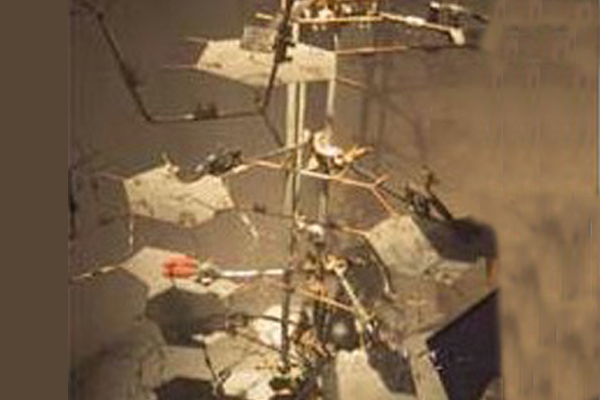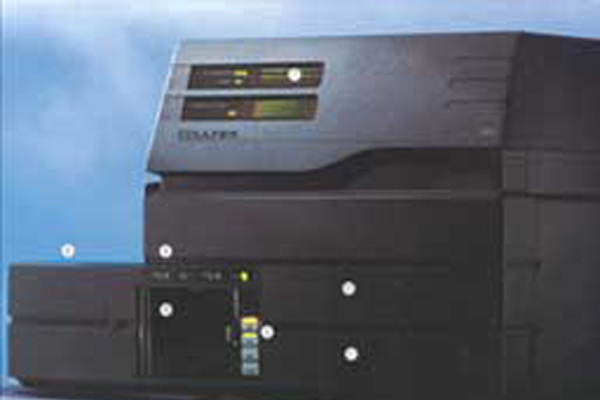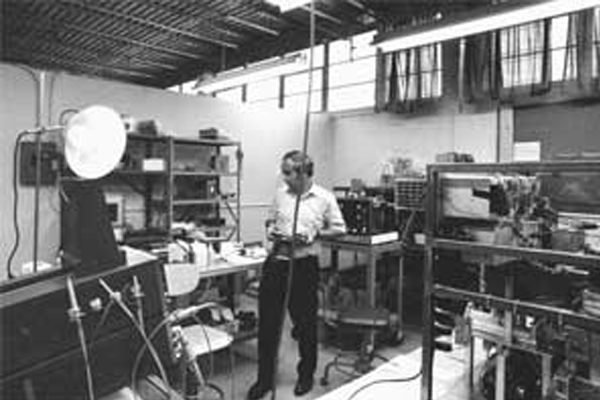History of Flow Cytometry
The first fluorescence-based flow cytometry device (ICP 11) was developed in 1968 by Wolfgang Göhde from the University of Münster, Germany and first commercialized in 1968/69 by German developer and manufacturer Partec through Phywe AG in Göttingen. At that time, absorption methods were still widely favored by other scientists over fluorescence methods1.
The original name of the flow cytometry technology was pulse cytophotometry (German: Impulszytophotometrie). Only 10 years later in 1978, at the Conference of the American Engineering Foundation in Pensacola, Florida, the name was changed to flow cytometry, a term that quickly became popular. Soon after, flow cytometry instruments were developed, including the Cytofluorograph (1971) from Bio/Physics Systems Inc. (later: Ortho Diagnostics), the PAS 8000 (1973) from Partec, the first FACS instrument from Becton Dickinson (1974), the ICP 22 (1975) from Partec/Phywe and the Epics from Coulter (1977/78)2.
References
- "Wallace H. Coulter 1913-1998". Beckman Coulter, Inc. http://www.beckmancoulter.com/hr/ourcompany/oc_WHCoulter_bio.asp. Retrieved on 2008-07-31.
- "Joseph R. Coulter Jr. 1924-1995". Beckman Coulter, Inc. http://www.beckmancoulter.com/hr/ourcompany/oc_JRCoulter_bio.asp. Retrieved on 2008-07-31.
- Presentation by Bob Auer - 2 December 2008 - Images and text.
- Kamentsky, Proceedings of the Conference "Cytology Automation" in Edinburgh, 1970
- Images of non Beckman Coulter equipment are from J. Paul Robinson lectures posted on the Purdue website.





